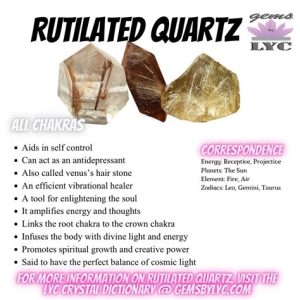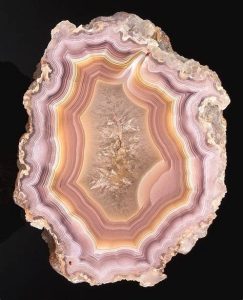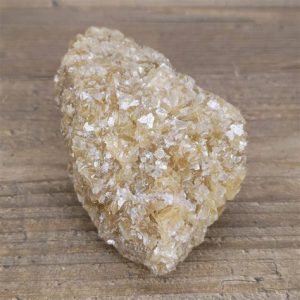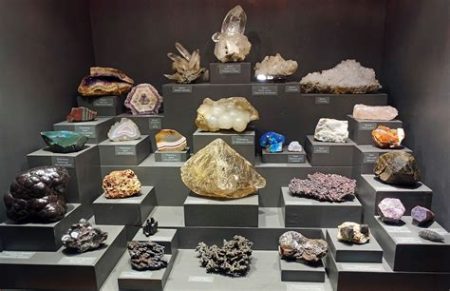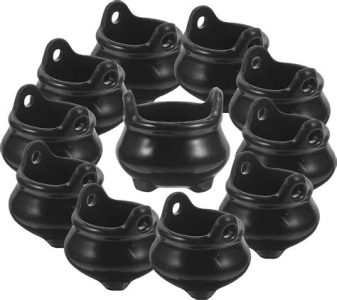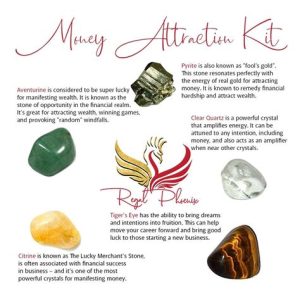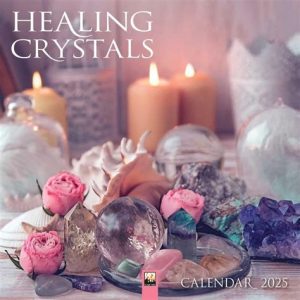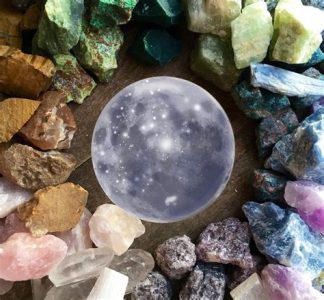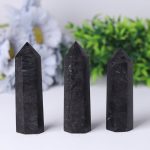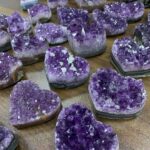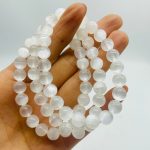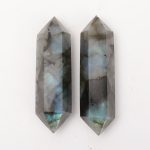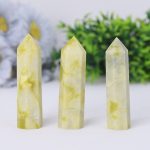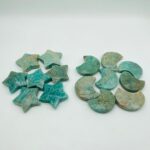What are Serpentine Stones?
Serpentine stones are a group of green and black minerals that have a waxy luster. They are composed of hydrated magnesium silicate and are often found in metamorphic and igneous rocks. Serpentine stones are named for their serpentine-like pattern, which is caused by the way the minerals form.

Colors and Varieties of Serpentine Stones
Serpentine stones come in a variety of colors and patterns, including:
- Green Serpentine: The most common type of serpentine stone is green, ranging from pale to dark shades.
- Black Serpentine: Black serpentine stones are less common than green varieties. They are often referred to as “black jade.”
- Bowenite: A translucent, white serpentine stone that is often used in jewelry.
- Antigorite: A fibrous variety of serpentine stone that is often used in roofing and flooring.
History and Origins of Serpentine Stones
Serpentine stones have been used for centuries for their beauty and healing properties. They were first discovered in ancient Egypt, where they were used as amulets and jewelry. Serpentine stones were also used in ancient Greece and Rome, where they were believed to promote health and vitality.
Today, serpentine stones are still popular for jewelry, carvings, and other decorative purposes. They are also used in a variety of healing practices, including crystal healing and energy work.
Healing Properties of Serpentine Stones
Serpentine stones are said to have a variety of healing properties, including:
- Detoxification: Serpentine stones are believed to help the body detoxify and eliminate toxins.
- Pain relief: Serpentine stones are said to be effective in relieving pain, particularly headaches and menstrual cramps.
- Emotional healing: Serpentine stones are believed to help heal emotional wounds and traumas.
- Spiritual growth: Serpentine stones are said to promote spiritual growth and development.
Applications of Serpentine Stones
In addition to their use in jewelry and healing practices, serpentine stones are also used in a variety of other applications, including:
- Building materials: Serpentine stones are often used in roofing, flooring, and other building materials.
- Industrial applications: Serpentine stones are used in a variety of industrial applications, such as abrasives and fillers.
- Decorative purposes: Serpentine stones are used in a variety of decorative purposes, such as vases, bowls, and sculptures.
Common Mistakes to Avoid When Using Serpentine Stones
When using serpentine stones, it is important to avoid the following common mistakes:
- Using the wrong type of stone: Not all serpentine stones are created equal. Some serpentine stones, such as antigorite, are not suitable for all applications.
- Overusing serpentine stones: Serpentine stones are powerful gemstones, and it is important to use them in moderation. Overusing serpentine stones can lead to negative side effects.
- Not cleansing serpentine stones: Serpentine stones can absorb negative energy, so it is important to cleanse them regularly.
- Using serpentine stones around children: Serpentine stones can be toxic if ingested, so it is important to keep them away from children.
How to Use Serpentine Stones Safely and Effectively
To use serpentine stones safely and effectively, follow these steps:
- Choose the right type of serpentine stone: Not all serpentine stones are created equal. Some serpentine stones, such as antigorite, are not suitable for all applications. Do your research and choose the right stone for your needs.
- Use serpentine stones in moderation: Serpentine stones are powerful gemstones, and it is important to use them in moderation. Overusing serpentine stones can lead to negative side effects.
- Cleanse serpentine stones regularly: Serpentine stones can absorb negative energy, so it is important to cleanse them regularly.
- Keep serpentine stones away from children: Serpentine stones can be toxic if ingested, so it is important to keep them away from children.
Infographic: Benefits of Serpentine Stones
Sources:
Table 1: Chemical Composition of Serpentine Stones
| Element | Percentage |
|---|---|
| Magnesium | 24-43% |
| Silicon | 20-43% |
| Oxygen | 36-52% |
| Hydrogen | 1-3% |
Table 2: Physical Properties of Serpentine Stones
| Property | Value |
|---|---|
| Hardness | 3-5 on the Mohs scale |
| Density | 2.5-2.8 g/cm³ |
| Color | Green, black, white |
| Luster | Waxy |
| Transparency | Translucent to opaque |
Table 3: Healing Properties of Serpentine Stones
| Property | Benefits |
|---|---|
| Detoxification | Helps the body eliminate toxins |
| Pain relief | Relieves headaches and menstrual cramps |
| Emotional healing | Heals emotional wounds and traumas |
| Spiritual growth | Promotes spiritual growth and development |
Table 4: Applications of Serpentine Stones
| Application | Benefits |
|---|---|
| Jewelry | Beautiful and durable |
| Healing practices | Promotes healing and well-being |
| Building materials | Durable and weather-resistant |
| Industrial applications | Abrasives and fillers |
| Decorative purposes | Vases, bowls, and sculptures |

